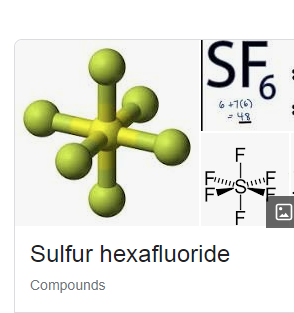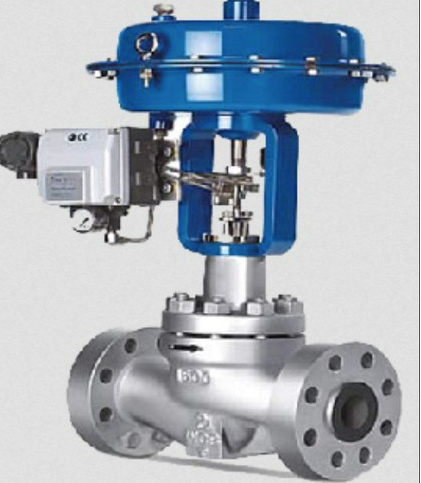
5 Ways to Know When to Replace a Hydraulic Hose
A damaged or degraded hydraulic hose can cause significant harm to an industrial hose assembly and the entire system. To know when to replace a hydraulic hose, owners should look for signs of extensive damage, oil leaks, corroded or cracked fittings, kinks and twists in the hose, and exposed wires.
Extensive damage is the most obvious sign that a hydraulic hose replacement is necessary. If the current hose has significant abrasions, it may be due to improper care or wear. If the hose is old or hasn't had proper care, its rubber can wear out, leading to pressure buildup and a crushed hose.
Oil leaks are another clear sign that a hydraulic hose needs to be replaced. Regular inspections are crucial to identify any signs of leaks that can cause severe and expensive damage if left unchecked. Corroded or cracked fittings are also a significant problem that should be replaced immediately. If the hose is relatively new, it has likely rusted due to a nearby leak.
Kinks and twists in the hose may indicate more substantial issues, such as incorrect routing or a bend radius below the manufacturer's specification. If a kinked or twisted hose is found, it should be checked for damage to ensure it can still perform. If the hose is still in decent shape, it should be rerouted or replaced if it has suffered too much damage.
Exposed wires in hydraulic hoses indicate significant wear on the hose, possibly due to environmental factors or environmental factors. Remove any hose with exposed wiring and replace it with reliable ones.




